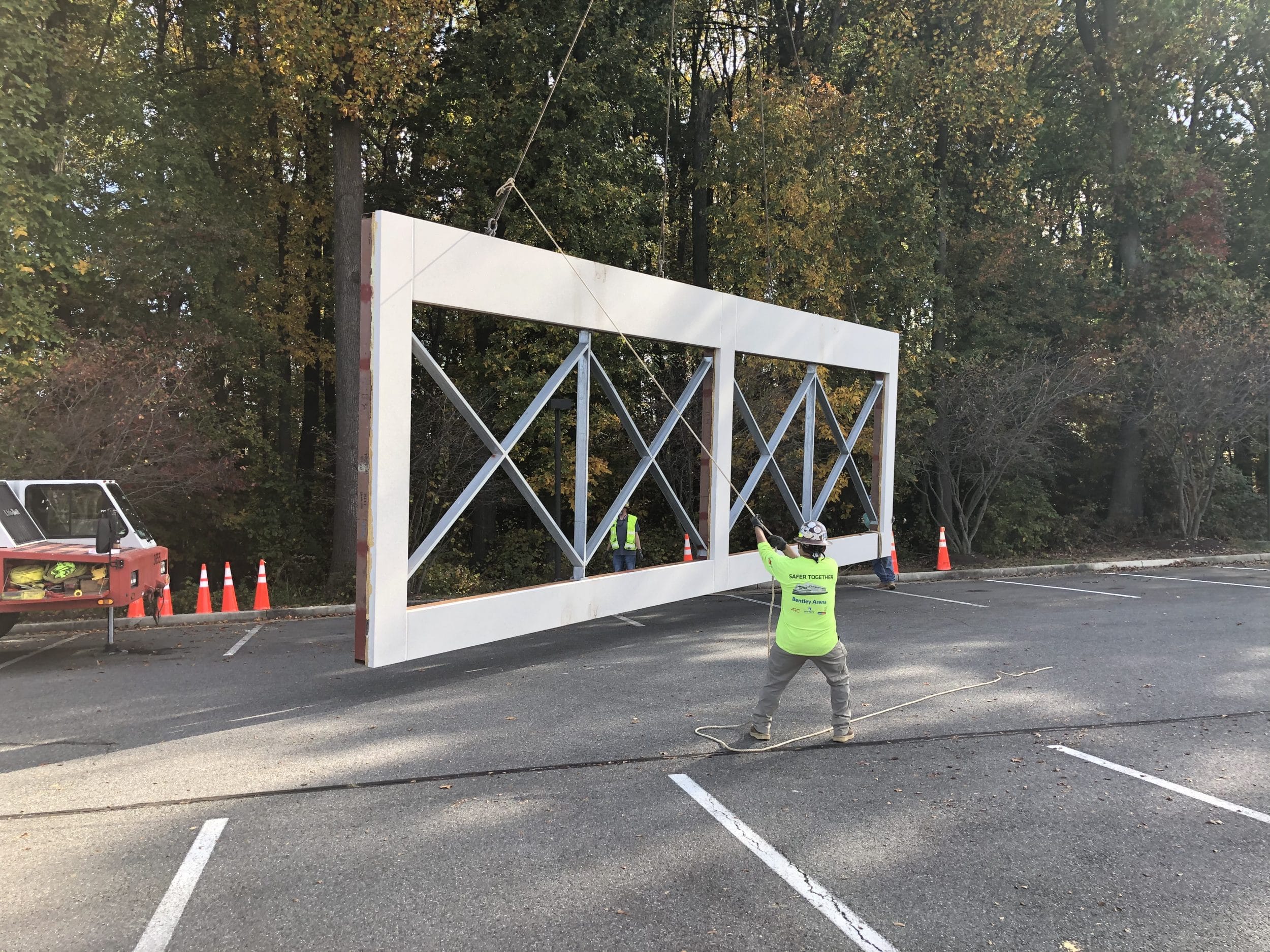
| Apr 12, 2021
A New Approach to Building Structures
Historically, the structure is often one of the most expensive building systems in commercial and multifamily residential buildings. It is also a component of building that has not materially advanced in more than 40 years. As they have for decades, most structural frames utilize some form of concrete as their core component, a labor-intensive and environmentally challenged material. Today, the cost of structural frames can regularly exceed $30 per sf and, in some cases, approach $40 per sf. Without intervention, the price of structures will only continue to increase. By exploring alternative materials and methods for building structural frames, we can help forge a new path that cuts costs of labor and materials while accelerating production, installation, and completion schedules.
Our goals
This project intends to galvanize the evolution of the materials and methods traditionally used for structural frames. We will research, test, and develop a new panelized deck system using a threefold approach: employing the use of alternative materials to reduce or replace concrete; utilizing steel for vertical structure; and leveraging the advantages of prefabrication. Ultimately, a hybrid frame that is stronger, spans greater distances, and can be premanufactured and preassembled will reduce time and cost associated with on-site construction.
Streamlining the build
When considering deck materials other than concrete, we seek materials that offer benefits including reductions in size and pieces of steel required for the vertical components, the overall weight of the structure, and carbon footprint of superstructure materials, and increased speed of erection, both through standardized connections and reduced on-site labor. These components will be made possible via a prefabricated workflow, moving as much of the production and assembly as possible off-site. By leveraging the speed and predictability of prefabrication, we expect to streamline the production and installation processes, thereby cutting labor costs and accelerating delivery schedules.
Exploring alternative materials
The materials currently under consideration include mass timber and various composites, paired with steel verticals for a hybrid structure. Mass timber, comprised of layered timber panels nailed or glued together in a manufacturing process, provides exceptional strength and stability and is a strong, low-carbon alternative to concrete and steel. It will be key to prefabricate all elements (shear walls, stairs, elevator shafts, etc.) off-site and align engineering requirements to ensure that all elements are placed in a logical sequence during erection. Because so much of the production will occur off-site, precise Building Information Modeling (BIM) coordination will be required for this approach.
As we investigate and test alternative materials, we must remain mindful of the many implications structural materials present when constructing a building, such as:
- Acoustics of the finished floor/ceiling assembly
- Weatherproofing in place work
- Standardizing connections
- Quality control of finish materials
- Code compliance testing of new materials/processes (Code dictates many requirements, from sound transmission control (STC) ratings to shear load.)
Next steps
A two-story mockup building will be constructed, in conjunction with the Prefabricated Building Skin System project. This will test the viability of replacing concrete with mass timber or composite materials, as well as validate the assembly method of the selected materials for the hybrid assembly system.

